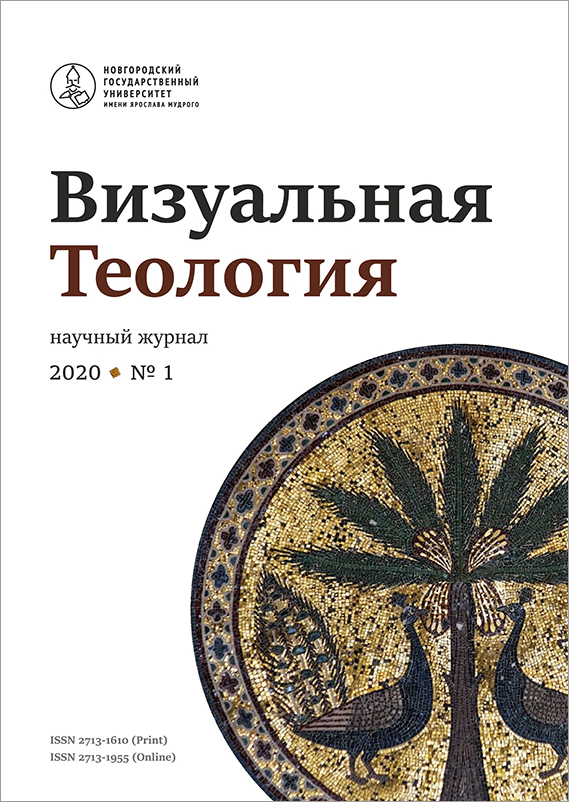Visualization of Christian Values in the Interior and Exterior of Yerevan State University (on the Example of the Theological Faculty)
Abstract
The article is devoted to the analysis of university space. The empirical material of the article is the interior and exterior of the Faculty of Theology of Yerevan State University (YSU). As a part of cultural and semiotic discourse of university space, the research contains the analysis of Yerevan city text. The methodological prerequisite for writing the article was semiotic metalanguage. The purpose of this study is a detailed description of cultural and religious artifacts of the interior and exterior of YSU. The article substantiates the following thesis: cultural and religious artifacts of the university space are signs of visualizations of Christian values, the history of founding the Mother See Etchmiadzin Cathedral, didactization and animation of the Church and cultural heritage, implicit preaching of the Church doctrine. The article briefly touches the history of the faculty foundation, analyzes symbolic features of the two cross-stones (khachkars), one bas-relief and a blossomed cross-staff, as well as “accompanying” texts. A special place is given to the main national and transnational elements of visual texts like seed, sun, circle, cross, blossoming petals on the cross, eagles, ears of wheat, symbols of the evangelists, Noah’s ark, golden hammer, grapes, pomegranates, etc. А certain attention is also given to the symbols, functions of the blossomed cross-staff. By the comparative study of Tatev Monastery and Etchmiadzin staff the author shows that the foundation of staff-cross on the territory of YSU is the revitalization of the Armenian medieval university tradition. The analysis of empirical material shows that the exterior and interior of the Faculty of Theology becomes cultural and semiotic space, thanks to various artifacts such as cross-stone, bas-relief, flowered staff-cross, etc. The cross-stones indicate the history of the creation of the Faculty of Theology and record the name of the Faculty founder in a memory of future generations. The “local” history of the Faculty and medieval university tradition are presented in the context of the tragedy of the Armenian people (the Genocide of 1915). The teaching of the Armenian Apostolic Church (sacraments, cross-stone language, etc.) is presented in the Faculty and historical memory by various visual objects. The bloomed cross-staff becomes a symbol of continuation of the medieval Armenian university tradition, functioning due to its ternary structure as the World Tree, the Tree of Knowledge and the Tree of Life, and from a pragmatic point of view – turns into a didactic “textbook” on introducing the Church sacraments and an implicit visual object of preaching.



